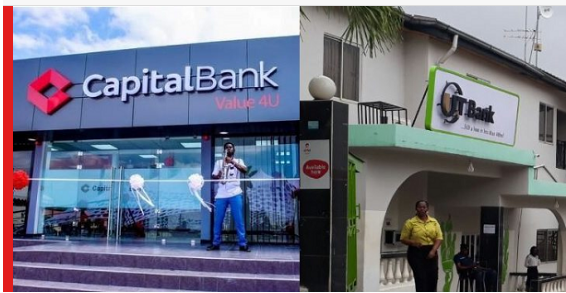 UT, Capital banks’ assets on sale.
UT, Capital banks’ assets on sale.
Audit and assurance firm, PricewaterhouseCoopers (PwC), is seeking buyers for landed properties of the UT and the Capital banks to help mobilise funds to pay off their creditors.
The four properties situated in Tamale in the Northern Region and some suburbs of the Greater Accra Region were the only landed properties owned by the banks prior to their collapse on August 14.
One of the joint receivers at PwC, Mr Eric Nana Nipah, told the GRAPHIC BUSINESS on February 18 that the properties were one of four categories of assets owned by the two failed banks.
“That is all that they have that was owned to them. Other landed properties are collateral that the borrowers are in default and we cannot just sell; we have to go through some process, including legal ones. So what we are selling are those that are owned by the banks,” he explained in an interview.
Although not surprised, a banking consultant and former Deputy Governor of the Bank of Ghana (BoG), Mr Emmanuel Asiedu-Mante, said the development showed that the operations of the two defunct banks were “indeed not profitable” partly due to the alleged misappropriation of funds by directors.
“It means they could not generate enough profit to be able to put up their own houses. If you look at why they collapsed, based on the bits and pieces I read, where directors were taking money from the banks, going on overseas trips and things like that, then you realise that they were dissipating funds of the banks and those are some of the consequences.”
“If you start a business and you are not generating enough revenue yet the small that comes, you dissipate it, then you will not be able to create enough funds to be able to build your own house,” he said.
He, however, added that renting was a normal occurrence among banks as most of them were always unable to put up their own buildings in the first years of operations.
Other asset classes
Although Mr Nipah declined to mention how much the banks’ assets and liabilities were at the time of their insolvency, he said “at the time we came in, their assets were not sufficient to cover their liabilities.” He mentioned the other asset class as loans, which constitute over 80 per cent of the entire asset base, office shuttle – furniture and fixtures – and motor vehicles.
To help realise some funds to pay off creditors, Mr Nipah said his outfit had been preparing the various asset classes to help put them in shape for sale. “We have an obligation as receivers to first and foremost take control of these assets, secure them and prepare them for sale.
“We need to make realisation in order to pay creditors and so what we did the first time was to tackle the loans,” he said, referring to an earlier Expression of Interest (EoI) that requested debt recovery and collection agencies and other financial institutions to apply to purchase the loans of the defunct banks.
Right of refusal
The licences of the UT and the Capital banks were revoked by the Bank of Ghana on August 14 after they were found to illiquid and capital deficient.
Consequently, a purchase and assumption (P&A) agreement was signed with GCB Bank to assume ownership of selected liabilities and assets, with PwC as the receiver.
Mr Nipah, who is also a Partner and Deals Leader at PwC, explained that the four properties in Tamale in the Northern Region and Tesano, Abossey Okai and Cantonments, all in the Greater Accra Region offered for sale were leftovers after the receiving bank, GCB
Bank, had selected what it wanted. “Under the purchase and assumption (P&A) agreement that we signed with the GCB Bank, they have the right of first refusal over these assets.
So, they have picked the loans they want, they are not interested in any landed properties and motor vehicles belonging to the two banks but they have selected some office shuttle assets that they want,” he said.
He explained that the office shuttle chosen by GCB Bank were to go “hand in hand with the branches they want.”
Earlier this month, GCB Bank said it was retaining some 22 branches out of a total of 53 branches of the two failed banks.
The joint receiver explained that none of the branches of the two banks belonged to them.
Response in loans
On the EoI on the loans, Mr Nipah said the response had been “appreciable” and both sides were now concluding discussions to help pave the way for the actual transfer to take place.
He said beyond the finance houses that had applied to purchase the loans, about two banks had also expressed interest.
“We have reached a point that those properties that the GCB Bank is not interested in like the landed properties, the motor vehicles and other assets are now being advertised for sale.
“We have also done a sales memorandum for the guidance of prospective bidders so that if they come, it will set out all the things about the asset, including the condition,” he said.
Source: Samcilla/BjrliveFM.com/022218/

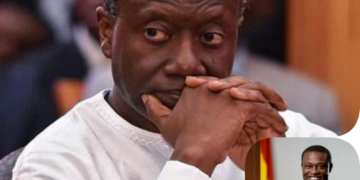

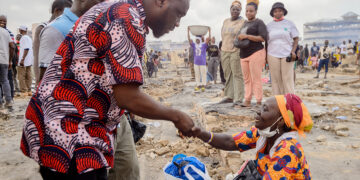









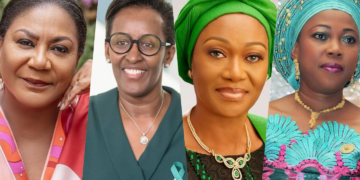

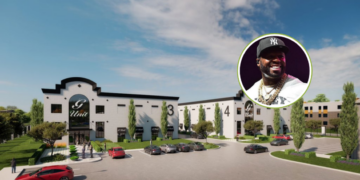





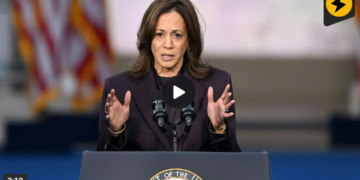
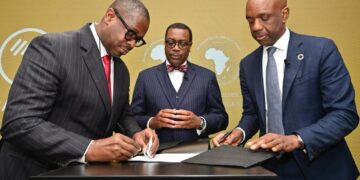
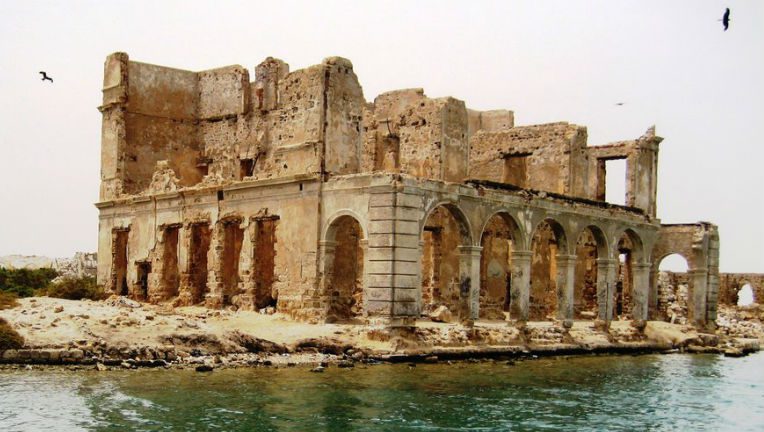

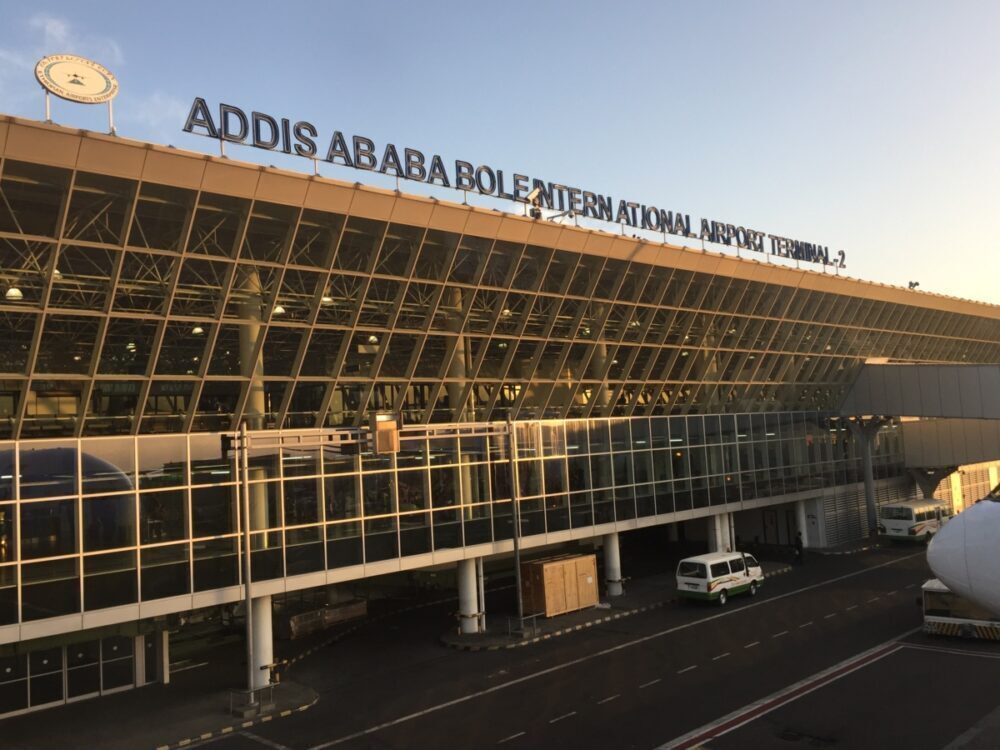






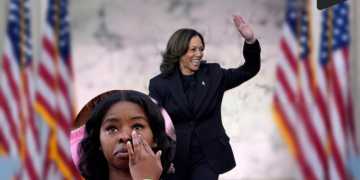







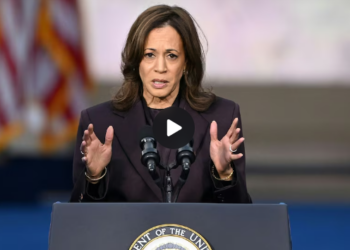














Discussion about this post